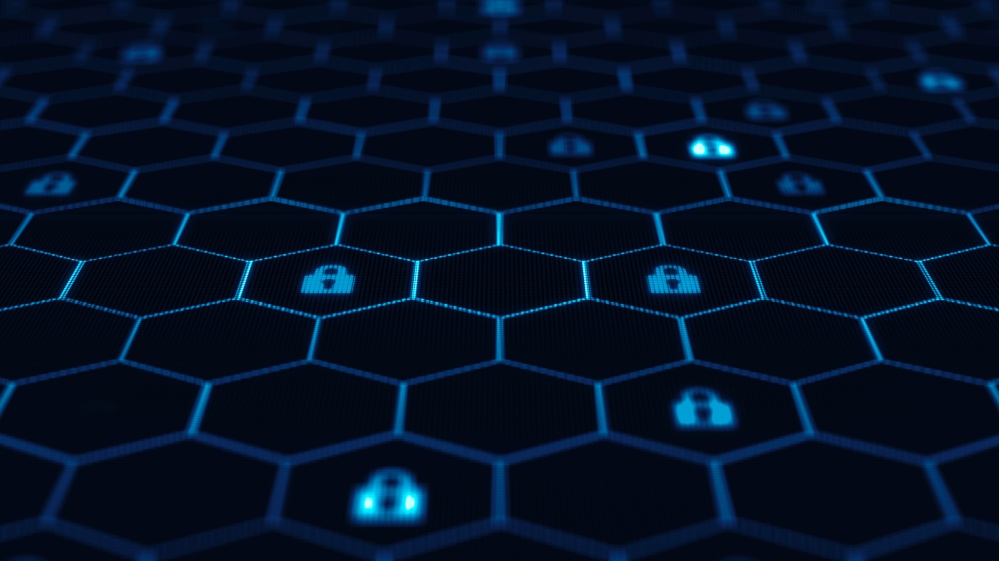blockchain: $2.1 billion by 2018
IDC analysts are forecasting that worldwide spending on blockchain solutions will hit $2.1 billion in 2018, more than double the $945 million spent in 2017. More specifically, blockchain spending will increase at a robust pace over the 2016-2021 forecast period with a five-year compound annual growth rate (CAGR) of 81.2% and total spending of $9.2 billion in 2021.
According to Stacey Soohoo, research manager, IDC Customer Insights & Analysis, 2017 was the year of experimentation as enterprises realized both the benefits and challenges of blockchain.

“2018 will be a crucial stage for enterprises as they make a huge leap from proof-of-concept projects to full blockchain deployments. As a leader in blockchain innovation and integration, the U.S. will continue to invest in blockchain throughout the forecast, spending heavily in financial services, manufacturing and other industries,” she elaborated. “The U.S. will look to improve efficiencies in existing operations while promoting new applications in others, creating new streams of revenue and areas of spend. With increased investments driven by pressures to keep up with the accelerating pace in innovation, the world will continue to look to the U.S. for guidance as other regions forge ahead in their own blockchain projects and initiatives.”
Meanwhile, Jessica Goepfert, program director, IDC Customer Insights and Analysis, noted that there are a multitude of potential new use cases for blockchain, as transactions and records are the lifeblood of nearly every organization.
“We are seeing initial blockchain spending to transform existing highly-manual and inefficient processes such as cross-border payments, provenance and post transaction settlements,” she explained. “These are areas of existing pain for many firms and thus blockchain presents an attractive value proposition.”
U.S. federal government eyes blockchain
Perhaps not surprisingly, Forbes reports that the U.S. federal government “appears to be actively engaging” with the potential use of blockchain technology. Recent examples include a contract awarded by the U.S. Department of Homeland Security (DHS) to “prove integrity of captured data from border devices,” along with a “sources sought” notice that was issued by the Food & Drug Administration (FDA) for real-time application for portable interactive devices (RAPID) “to enable [the] exchange of patient-level data within the United States Critical Illness and Injury Trails Group network.”

In addition, the U.S. Army Medical Research and Materiel Command (USAMRMC), in conjunction with the Medical Technology Enterprise Consortium (MTEC), published a notice that it will be issuing a request for proposal that includes an application of blockchain. According to Forbes, the MTEC mission is to assist USAMRMC to partner “with industry and academia to augment the supply chain and next generation inventory management capabilities that are utilized to protect, treat and optimize Warfighters’ health and performance across the full spectrum of military operations.”
Starbucks and blockchain
In other blockchain news, Starbucks executive chairman Howard Schultz recently told reporters and analysts that he believed “we are heading into a new age, in which blockchain technology is going to provide a significant level of a digital currency that is going to have a consumer application.”
Schultz stated that he was talking about the new technology of blockchain and the possibility of what could happen – not in the near-term – but in a few years from now with a consumer application in which there is trust and legitimacy with regard to a digital currency.

“[There will be] one or a few legitimate trusted digital currencies off of the blockchain technology. And that legitimacy and trust in terms of its consumer application will have to be legitimatized by a brand and a brick and mortar environment, where the consumer has trust and confidence in the company that is providing the transaction,” he added.
Blockchain: A quick summary
As we’ve previously discussed on Rambus Press, blockchain is a shared digital ledger collectively updated and maintained by its enrolled users, which enables parties to transact with each other in a completely transparent manner. Each transaction is public and its details, together with the time and date, are unanimously verified by the other users on the network. Since there is no mediator between parties, completing a transaction becomes cheaper and simpler to achieve.

Security is ensured due to complex cryptographic rules that prevent any single participant from updating the system without seeking validation from the network. This makes the system immune to manipulation as inconsistencies are automatically identified and rejected. Since no single participant holds a master copy of the ledger (multiple copies are simultaneously updated by different participants), no single party can take full operating control. These factors ensure that the system maintains its integrity without the oversight of a centralized authority.
Interested in learning more about blockchain? You can check out our article archive on the subject here.
